Foam guide about all types of foam
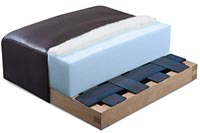 Upholstery foam |
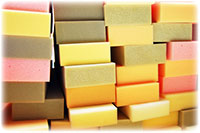 Grades of foam |
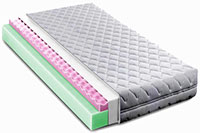 Foam mattresses |
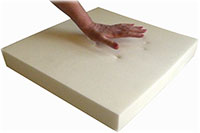 Memory foam |
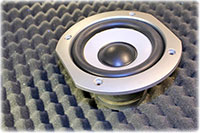 Acoustic soundproofing |
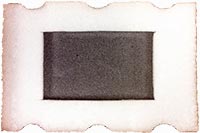 Packaging foam |
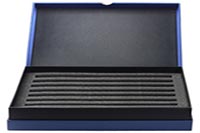 Pick & Pluck foam |
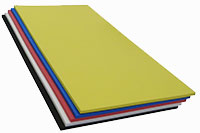 Closed cell foam |
Foam is a substance that is formed by trapping pockets of gas in a liquid or solid. A sponge used for washing dishes is an example of a foam, as is a mass of soap bubbles, but for the purpose of this site, the term foam generally refers to foam which is used in furnishings, mattresses and the like, often made from polyurethane, with many different variants, densities and qualities.
Polyurethane is a type of polymer (from the Greek words poly meaning "many" and mer meaning "parts"), often referred to as PU or PUR. Polyurethane foam is created by the formation of gas bubbles inside the material.
An important division of solid foams is into closed cell foams and open cell foams. In closed cell foam, the gas forms separate pockets, each completely surrounded by the solid material. In open cell foam, the gas pockets connect with each other. A household sponge is an example of open cell foam, in which water can easily flow through the entire structure, displacing the air. A swimming pool float or camping mat are examples of closed cell foam, the gas pockets are sealed, thus water cannot get in.